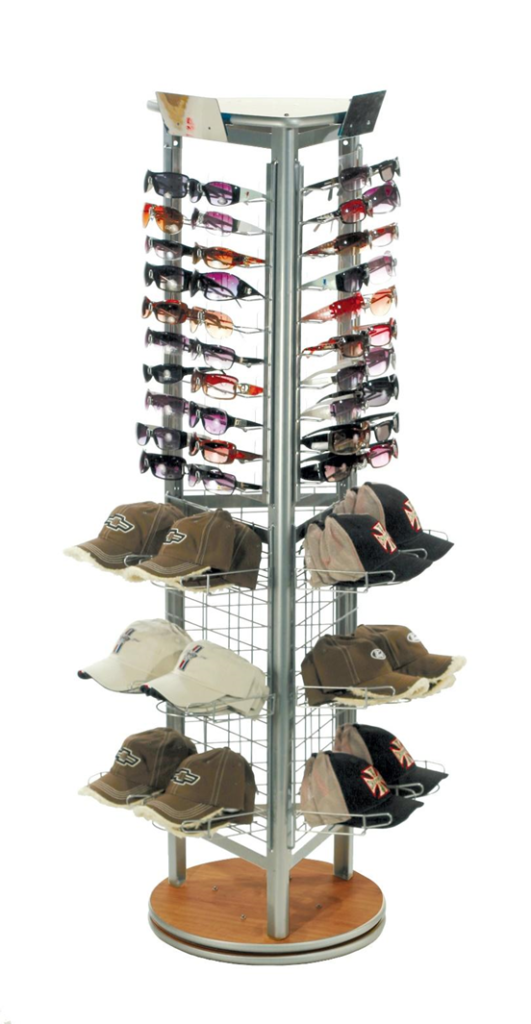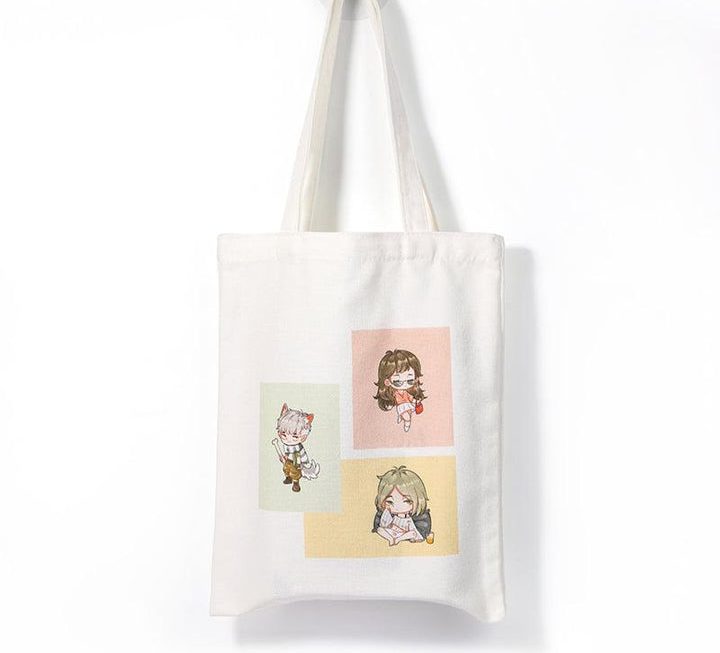If you have ever ordered a hamburger at MacDonald’s, chances are you were asked the question, “Would you like fries with that.” You might not have originally intended to order fries, but the offer sounded good and you decided to go for it. You leave as a happy customer who got to enjoy a bonus you never counted on, and MacDonald’s benefits by increasing its average sales per customer. In a nutshell, that’s what cross-selling is all about- increasing sales per customer by selling related products that may not originally have been on the customer’s radar. Just like MacDonald’s, you can use your retail POP displays to increase your overall sales and your sales per customer through cross-selling.
Cross-Selling to Capture Impulse Sales
In most cases, cross-selling is routed in impulse sales. Impulse sales are generated when someone decides on the spot to buy something. In contrast, destination sales occur when a shopper is intentional about a purchase. You might, for example, realize you are out of detergent so you decide to make a special trip to the store to pick up detergent. If you happen to notice that fabric softener is on sale, you might make an impulse purchase even though you are not sure you need it.
In most cases, cross-selling is most effective when it involves the sale of related products, but that is not always the case. Most companies that start with an initial product will often come out with product extensions or related products in order to capture additional sales from the same customer base.
Look for Logical Product Pairings
Let’s look at some logical product pairings and see how they are merchandised to maximize cross-selling opportunities. We offer a stock 2-sided T-shirt cubby display with 10 cubbies for folded t-shirts. Imagine putting this display in a busy retail store that attracts lots of tourists. The store is likely to sell a lot of t-shirts. But what is better is if the retailer adds our cap attachment so they can capture an additional headwear sale from the guy who really just came in to buy a t-shirt.

Likewise, we offer a 3-sided spinning stock display that is configurable for sunglasses and numerous other products. Just like t-shirts and caps are somewhat complementary, so are sunglasses and caps. While customers are trying on sunglasses, it is pretty easy to see how the mirrors might help them see how they look if they added a cap to their wardrobe.

Another natural product category for cross-selling is beauty and cosmetics. A woman who needs lipstick might find it difficult pass on the eyeliner, foundation, and make-up brushes if they are well organized and attractively presented as they are in the Bodyography beauty cart below.

Similar to beauty and cosmetics, jewelry is another product category that is ripe for cross-selling. Instead of creating a display dedicated to necklaces, why not create a multi-product display that can generate sales of multiple items? We designed the Brighton Collectibles display shown below to merchandise necklaces, bracelets, earrings, bangles, and other jewelry accessory items. Not only does the entire unit spin, but each of the 4 panels spin, thereby making it easy for shoppers to access all of the products.

Food and beverage is another category where cross-selling is prevalent. There are many pairings that make sense to drive incremental sales. One example is the wood POP display we created below to merchandise wine, bread, and olive oil.

Other products are even more closely related and make it easy to capture cross-selling sales opportunities. For example, we created the Fabrictech floor display shown below primarily to sell pillows, but we added an upper bin for mattress and pillow protectors. A shopper might not have realized they need a mattress or pillow protector, but after seeing them, it may sound like a good idea.

Consumer electronics is yet another product category where cross-selling opportunities abound. In some cases, like the Bluesound display shown below, the shopper can choose from a selection of speakers and then add a variety of component enhancements to their purchase to create their ultimate sound system.

Cross-selling is alive and well in the world of retail. It is a proven and time-tested sales technique that is sure to increase sales if the retail POP display is architected thoughtfully. For other cross-selling POP display examples, click here.

About Jim
Jim Hollen is the owner and President of RICH LTD., a California-based point-of-purchase display, retail store fixture, and merchandising solutions firm. A former management consultant with McKinsey & Co., Jim has authored more than 500 blogs on POP displays and retail merchandising. Jim earned his MBA from Stanford Graduate School of Business.



